Seymour Hersh Stands by His bin Laden Story, and His Sources
Of course the investigative reporter used anonymous sources in his exposé on the bin Laden raid. Only with anonymous sources can journalists get past the wall that the Obama administration has built by prosecuting whistleblowers.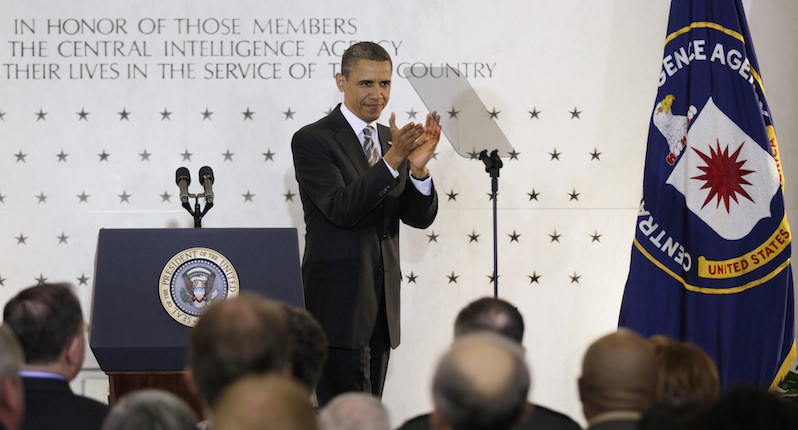 President Barack Obama acknowledges the crowd as he arrives to speak to CIA employees at the agency's headquarters in Langley, Va., on May 20, 2011. In his speech, Obama congratulated the country's intelligence workers for the effort that led to the killing of the terrorist Osama bin Laden. (AP / Carolyn Kaster)
President Barack Obama acknowledges the crowd as he arrives to speak to CIA employees at the agency's headquarters in Langley, Va., on May 20, 2011. In his speech, Obama congratulated the country's intelligence workers for the effort that led to the killing of the terrorist Osama bin Laden. (AP / Carolyn Kaster)
With the Obama administration having prosecuted more national security leakers than any other, anonymous sources are the only way Americans can find out how their government is waging its secret war on terror. That’s why journalist Seymour Hersh deserves congratulations rather than condemnation for his story on the killing of al-Qaida founder Osama bin Laden.
There’s been criticism of Hersh, much of it centering on his use of anonymous sources. But if you read Hersh’s story closely and check what others have written, you’ll see that his account holds up. The report was published in the May 21 edition of the London Review of Books.
I talked to Hersh by telephone Monday morning. He told me he began working on the story immediately after the U.S. raid on the bin Laden compound in Pakistan. He said he doubted, from the beginning, the administration’s account of the death of bin Laden on May 2, 2011, at the hands of U.S. Navy SEALs. The administration said the SEALs shot their way into the compound, near two Pakistani military installations in Abbottabad, and killed the terrorist leader.
“I knew after the raid there was a problem,” Hersh said. He said he was tipped off by someone in the administration that the problem was in the accounts of the raid given by President Barack Obama and some of his aides.
They had said Central Intelligence Agency sleuthing had cracked the case by finding a bin Laden courier who eventually led the SEALs to the compound. The Obama team, including its presidential leader, boasted about the spy work. That angered then-Secretary of Defense Robert Gates, who felt that the narrative that the administration was presenting was premature and inaccurate, Hersh said.
Hersh was right on that point. Gates’ anger at the time was reported in David Sanger’s book “Confront and Conceal: Obama’s Secret Wars and Surprising Use of American Power.” Gates, Sanger wrote, told national security adviser Thomas Donilion, “I have a new strategic communications policy to recommend … shut the f—k up.”
Contrary to administration claims, Hersh told me, the SEALs encountered no opposition. They did not have to shoot their way in. “I knew in three or four days there was no opposition … ,” he said.
Hersh kept digging and concluded that the administration’s story of CIA operatives tracking the courier to the bin Laden compound was not true. Instead, Pakistan’s Inter-Services Intelligence (ISI) had hidden bin Laden in the Abbottabad compound since 2006, Hersh wrote.
There was no super-sleuthing, Hersh was told — instead the CIA was tipped off to bin Laden’s location by an informant. In 2010, a former Pakistan intelligence officer told the CIA Pakistan station chief that bin Laden was in the compound. For this, he was paid much of the $25 million reward that the U.S. had offered for information on bin Laden’s whereabouts.
Armed with the former intelligence officer’s information, the Americans began planning to raid the compound. The Pakistanis knew of the plans. In fact, Hersh said, the Americans asked Pakistan security for physical details of the compound, and “[t]he Pakistanis agreed to permit a four-man American cell … to set up a liaison office” near the compound for the coming raid.
Hersh also wrote that Pakistan’s top two military leaders, Gen. Ashfaq Parvez Kayani, chief of the army staff, and Gen. Ahmed Shuja Pasha, director general of the ISI, knew of the raid before it occurred.
In other words, our so-called Pakistani allies had kept the world’s most sought-after terrorist under wraps while the United States searched for him, and they admitted to this only after an informant disclosed what they were doing.
The story of the walk-in informant was well known.
Carlotta Gall, a longtime New York Times correspondent in Afghanistan and Pakistan, wrote that “the story of the Pakistani informer was circulating in the rumor mill within days of the Abbottabad raid, but at the time no one could or would corroborate the claim. Such is the difficulty of reporting on covert operations and intelligence matters. …”
Two years after the raid, Gall said, while she was researching a book on the affair she “learned from a high-level member of the Pakistani intelligence service that the ISI had been hiding bin Laden and ran a desk specifically to handle him as an intelligence asset. After the book came out, I learned more: that it was indeed a Pakistani Army brigadier—all the senior officers of the ISI are in the military—who told the CIA where bin Laden was hiding, and that bin Laden was living there with the knowledge and protection of the ISI.”Another person who backed up Hersh’s account was former CIA officer Larry Johnson, who wrote in his No Quarter blog in 2011, “The U.S. Government learned of Bin Laden’s whereabouts last August when a person walked into a U.S. Embassy and claimed that Pakistan’s intelligence service (ISI) had Bin Laden under control in Abbottabad, Pakistan.”
The New York Times’ Gall said disclosure of the walk-in informant is “hugely important—it is the strongest indication to date that the Pakistani military knew of bin Laden’s whereabouts and that it was complicit in hiding a man charged with international terrorism and on the United Nations sanction list.”
The administration, of course, denies cooperating with the Pakistanis. Leon Panetta, then head of the CIA, said in his book “Worthy Fights” that the Obama team wasn’t even sure bin Laden was in the compound. He said the Pakistanis didn’t know of the Americans’ planned raid. President Obama, Panetta said, warned the administration team not to share information with Pakistan. Only after the raid was completed and bin Laden was dead did the administration team give information to the top two Pakistani generals, Panetta said.
In my interview, Hersh also made a strong case that the administration’s account of the raid itself was improbable. As Obama and his aides tell it, 12 SEALs accomplished it with two helicopters (a third joined the raid when one of the first two crashed). There was no combat air cover.
Hersh said it would have been impossible for two helicopters to avoid detection in traveling from Iraq to Pakistan into an area with a heavy military presence.
Hersh’s major U.S. source, a retired intelligence officer who knew about bin Laden’s presence in Abbottabad, told the investigative reporter, “Of course the guys [the SEALs] knew the target was bin Laden and he was there under Pakistani control. Otherwise they would not have done the mission without air cover.”
Retired CIA officer Robert Baer, who has done undercover missions, told Ian Masters on KPFK after the assault on the compound, “The Pakistanis allowed this raid.” Noting the compound was “surrounded” by Pakistani military power, he said the SEALs would not have taken such chances without Pakistani protection.
When I talked to Hersh, he observed that when the U.S. Army’s Delta Force killed a high-ranking official of Islamic State and kidnapped his wife in Syria last week, providing air cover were at least two dozen soldiers, two Black Hawk helicopters and a heavily armed Osprey (which converts from a helicopter to a turboprop plane).
The big criticism of Hersh’s story is his use of anonymous sources. He’s always relied on them, he said, from the beginning of his career, when he broke the story of the My Lai massacre in Vietnam.
Without such sources, the people will know little about a U.S. government terror war that is ever bigger, more expensive and more intrusive into our lives.
That’s why we need whistleblowers even though it is now more dangerous than in any period in American history for government workers to talk to journalists. Gabe Kellman, legislative counsel for the American Civil Liberties Union, added up the figures regarding whistleblowers: The Obama administration has brought charges against eight people, compared with four by presidential administrations throughout the Cold War.
The Cold War national security spooks were crude and slow-moving compared to the faceless digital spies of today. The national security state can intrude into every aspect of our lives, operating in secret, without accountability. That’s why we need journalists to go up against this relentless machine, using their brains, courage and sources — anonymous or not.
Your support matters…Independent journalism is under threat and overshadowed by heavily funded mainstream media.
You can help level the playing field. Become a member.
Your tax-deductible contribution keeps us digging beneath the headlines to give you thought-provoking, investigative reporting and analysis that unearths what's really happening- without compromise.
Give today to support our courageous, independent journalists.
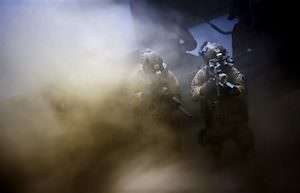
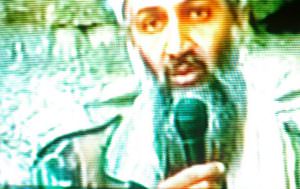
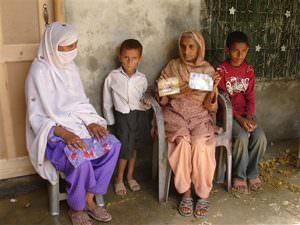
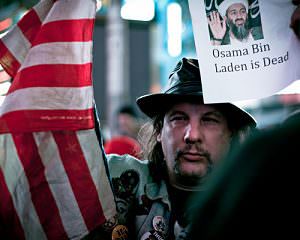
You need to be a supporter to comment.
There are currently no responses to this article.
Be the first to respond.